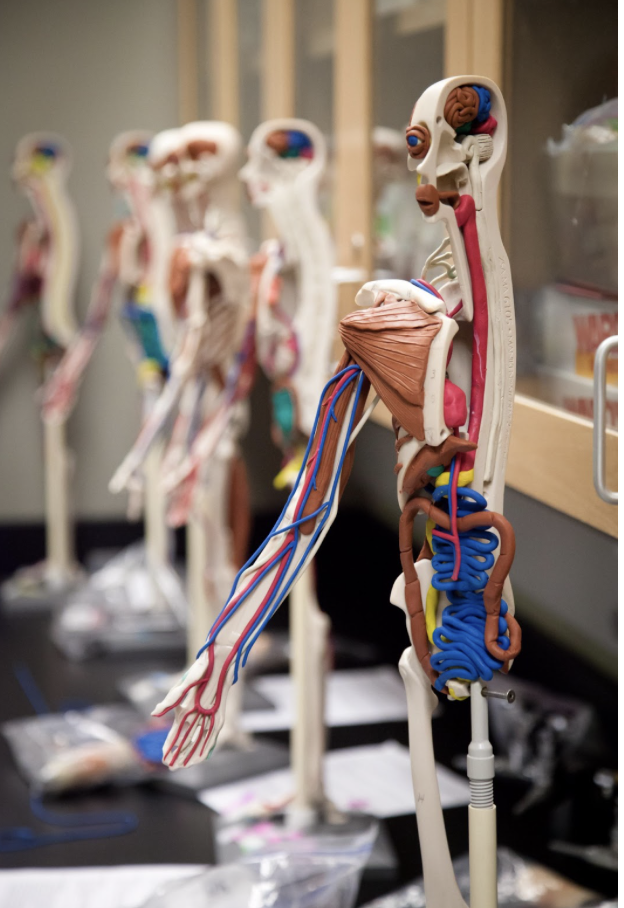Are you interested in a fun, engaging, dual-credit science class or elective? If so, you’re in luck, because Lincoln is adding a new class next year. Anatomy and Physiology will be taught by Dave Valenzuela, who currently teaches Physics 1-2.
“This course has been a dream of mine for a long time,” said Valenzuela. “With my background in neuroscience and biomedical sciences at Brown and various industry companies, I have seen the remarkable progress from the bench to the bedside regarding innovative medical interventions in the human body.”
Valenzuela feels that it is important to help students have an advanced class that could inspire interest in the Biomedical field.
“I saw an opportunity to give students a hands-on, college-level experience in high school that could spark a passion for science and health, but also just have a great knowledge of what really makes us who we are from a molecular, cellular and systems level,” said Valenzuela. “The idea came to life when I realized how much demand there is for healthcare-related education and careers by being part of a great group of students who are in Cards in Medicine. Bringing this course to Lincoln felt like the perfect way to prepare students for the future both in the biomedical field and beyond.”
The Anatomy and Physiology class will offer students dual credit through Portland Community College (PCC), meaning students earn eight college credits: four credits in BI121 (fall semester) and four in BI122 (spring semester).
Both Anatomy and Physiology are college courses, and the credits transfer to any university as either elective or science credits. Saving students time and money when they pursue their undergraduate studies.
When designing the new courses, Valenzuela collaborated with PCC.
“I worked closely with PCC to align the curriculum with their standards for BI121 and BI122, ensuring students earn dual credit,” said Valenzuela. “The curriculum is an approach to learning where knowledge and skill are obtained through project and problem-based case scenarios similar to Brown, Harvard or John Hopkins’ approach to education in biology and medicine, where active learning has been proven to improve transmission of information in any specialty in medical education.”
Valenzuela listed some examples of what students can expect to do in class.
“The first unit really starts with stepping inside the human body and exploring the systems that help us move, protect us from disease or injury and facilitate communication within the body and with the outside world,” said Valenzuela. [Students will also] solve a medical mystery. Analyze a medical case file and diagnose a disease. Design experiments to explore the structure and function of the human body.”
Vice Principal Steve Pape who helped to get Anatomy into the Lincoln curriculum said a major challenge that may affect the Anatomy class actually happening is the recent talks related to PPS budget cuts.
Pape believes that the Lincoln community should be advocating to protect this valuable new science class.
“I think it’s important to note that we’re not sure 100% that this class will be offered,” said Pape. “It’s a no-brainer to add it, assuming we can get the funding and make the staffing work for him [Valenzula] to offer the class.”
Freshman Alex Spehar talked about the appeal of Anatomy and why he decided to forecast for it next year.
“When I joined Mr. Valenzuela’s physics class, he introduced me to the possibility of learning new areas in science, like Anatomy and Philosophy.. As an athlete who swims and runs, I am constantly training and recovering. I want to learn more about how my body works so that I can improve in my performances,” Said Spehar.


